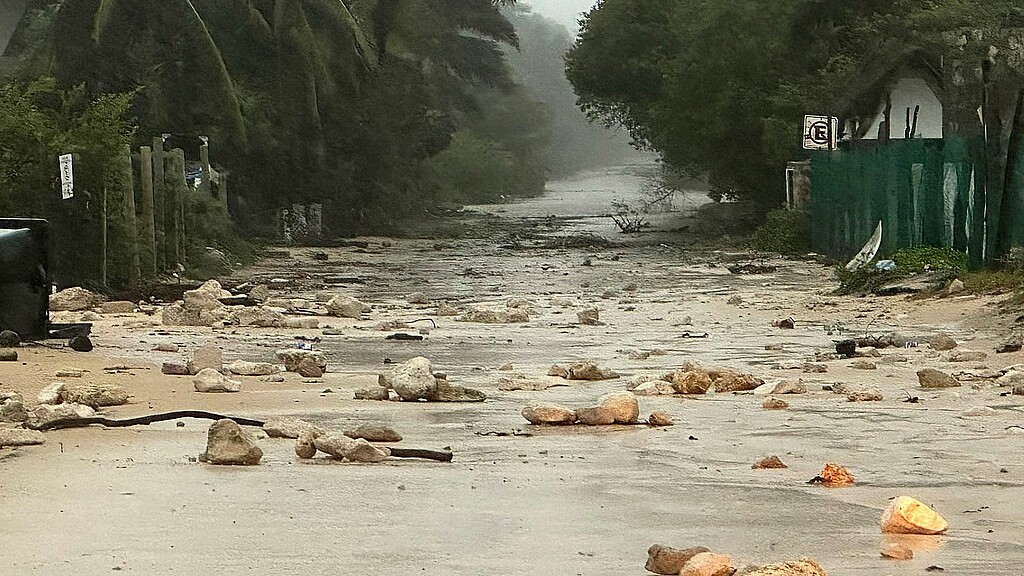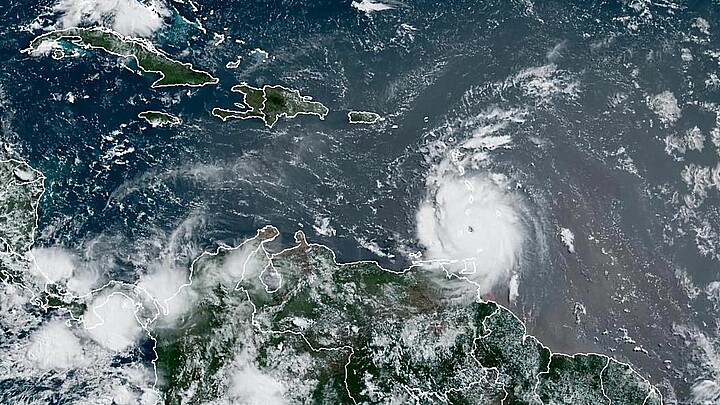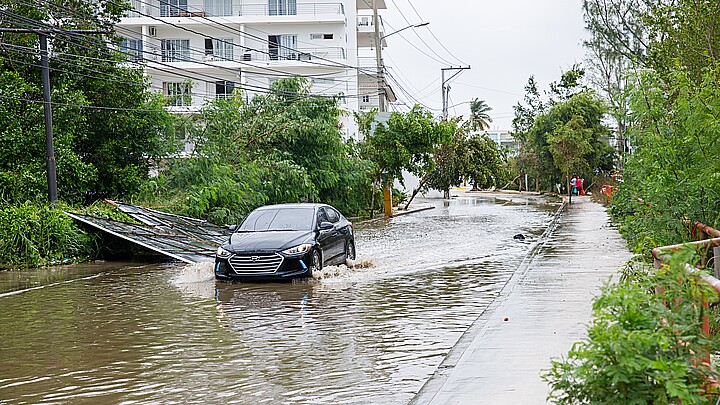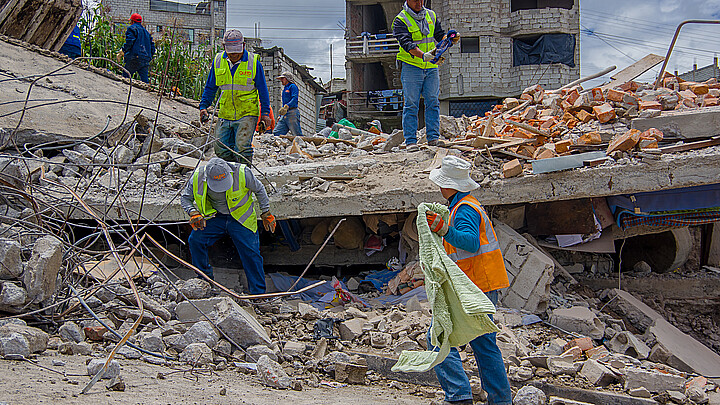Climate
Beryl's rapid growth shows it will be a "wild" Atlantic hurricane season, says NOAA and experts
In just 42 hours, Beryl went from a tropical depression to a major hurricane, something that has only been recorded six times in the history of Atlantic hurricanes

July 7, 2024 9:53am
Updated: July 8, 2024 9:31am
Hurricane Beryl's sudden growth into a powerful storm early in the season makes it an unprecedented phenomenon.
Experts say that Beryl's radical change shows the “wild” hurricane season approaching in the Atlantic.
The powerful storm is acting like a monster system that forms at the peak of hurricane season, mainly thanks to water temperatures as high or higher than what the region normally reaches in September, according to a report published by the NOAA and hurricane experts who explained their theory to The Associated Press.
In just 48 hours, Beryl went from a tropical depression to a major hurricane, setting the record for the earliest Category 4 with winds of at least 200 km/h.
On Monday night, it strengthened to Category 5, becoming the earliest recorded hurricane of that magnitude in the region, and only the second of that category in July after Hurricane Emily in 2005, according to the National Hurricane Center. (NHC).
Meteorologists predicted months ago that this season would be an active year, and now they are buying it off with the record-breaking activity of 1933 and the deadly 2005 season, the year of Katrina, Rita, Wilma and Dennis.
“This is the kind of storm we expect this year, these atypical things that happen when and where they shouldn't,” said University of Miami tropical meteorological researcher Brian McNoldy. “Not only do they form, intensify and reach higher intensities, but the probability of rapid intensification increases. “All of that is coming together right now, and this won’t be the last time.”
The core of Beryl made landfall early this Friday in Tulum, on the western Mexican coast, and is heading towards Texas, United States, according to the NHC.
The system, now a category 2 on the Saffir-Simpson scale, is moving over the Mexican Yucatan Peninsula with “dangerous” hurricane-force winds, storm surges and damaging waves.
Beryl is forecast to move toward northeastern Mexico and southern Texas by the end of the weekend.











